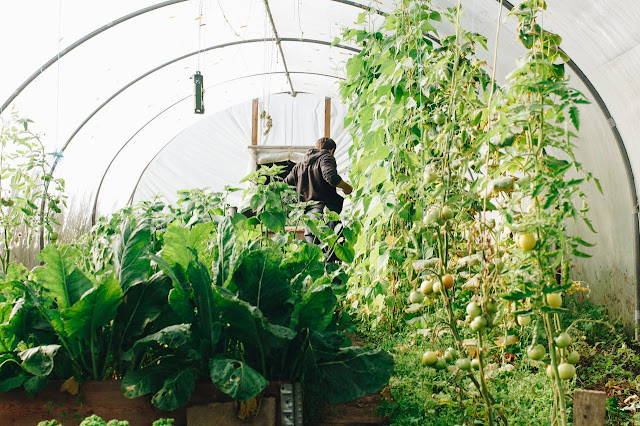What are the benefits of landscape gardening?
Landscape gardening is more than just planting flowers or mowing the lawn—it’s a transformative process that can significantly enhance the beauty, functionality, and value of your outdoor environment. Whether you’re looking to create a serene retreat, boost curb appeal, or improve the usability of your property, landscape gardening offers a myriad of benefits. In this comprehensive guide, we delve into the advantages of landscape gardening and how it can positively impact your home and lifestyle.
Landscape Gardening
Before diving into its benefits, let’s define what landscape gardening entails. Unlike traditional gardening, which focuses on cultivating plants, landscape gardening encompasses a broader scope of activities aimed at designing, planning, and implementing outdoor spaces. It integrates both hardscape elements (such as pathways, patios, and structures) and softscape elements (including plants, trees, and shrubs) to create harmonious and visually appealing landscapes.
Benefits of Landscape Gardening
1. Enhanced Aesthetic Appeal
Landscape gardening significantly enhances the visual appeal of your property. By carefully planning the layout, choosing complementary plants, and incorporating decorative elements like garden sculptures or water features, you can create a stunning outdoor oasis that reflects your personal style and enhances the overall ambiance of your home.
2. Increased Property Value
Investing in landscape gardening can substantially increase the market value of your property. A well-maintained and thoughtfully designed landscape is a major selling point for potential buyers, boosting curb appeal and making your home stand out in the real estate market. Studies have shown that professionally landscaped properties can fetch higher selling prices and have faster sale times compared to properties with neglected landscapes.
3. Environmental Benefits
Landscape gardening contributes to environmental conservation in various ways. Strategically placed trees and plants can provide natural shade, reducing energy consumption for cooling in the summer months. Additionally, well-maintained landscapes help to prevent soil erosion, filter pollutants from rainwater runoff, and provide habitats for wildlife, thereby promoting biodiversity in urban and suburban areas.
4. Improved Outdoor Living Space
A well-designed landscape extends your living space outdoors, creating functional areas for relaxation, recreation, and entertainment. Whether you desire a cozy seating area surrounded by lush greenery, a fire pit for evening gatherings, or a vegetable garden for homegrown produce, landscape gardening allows you to tailor your outdoor space to suit your lifestyle and preferences.
5. Health and Well-being Benefits
Spending time in a beautifully landscaped garden can have positive effects on your physical and mental well-being. Gardening itself is known to reduce stress levels, promote relaxation, and improve mood. Access to green spaces encourages outdoor activities and exercise, contributing to a healthier lifestyle for you and your family.
6. Water Conservation
Efficient landscape gardening practices, such as xeriscaping (designing landscapes that require minimal water), can help conserve water resources. Using native plants that are adapted to local climate conditions and implementing irrigation systems that minimize water wastage are effective strategies to achieve sustainable water use in your garden.
7. Personal Enjoyment and Satisfaction
Beyond its practical benefits, landscape gardening offers immense personal satisfaction. The process of planning and nurturing your garden allows you to connect with nature, express creativity, and derive a sense of accomplishment as you witness your landscape evolve and flourish over time.
Implementing Landscape Gardening: Tips for Success
1. Start with a Clear Plan
Before embarking on any landscaping project, take time to envision your ideal outdoor space. Consider your goals, budget, and maintenance preferences to create a realistic plan that aligns with your lifestyle.
2. Choose the Right Plants
Select plants that thrive in your local climate and soil conditions. Pay attention to factors such as sun exposure, water requirements, and mature size to ensure long-term success and minimize maintenance efforts.
3. Balance Hardscape and Softscape
Achieve balance in your landscape by integrating both hardscape features (like paths, walls, and structures) and softscape elements (such as plants and grass). This balance enhances visual interest and functionality while creating a cohesive design.
4. Consider Sustainability
Incorporate sustainable landscaping practices, such as using permeable paving materials, installing rain gardens to capture runoff, and composting organic waste. These practices reduce environmental impact and support long-term garden health.
Conclusion
In conclusion, landscape gardening offers a wealth of benefits that go beyond mere aesthetics. From enhancing property value and environmental sustainability to promoting health and well-being, a well-designed and maintained landscape can transform your outdoor space into a haven of beauty and functionality. Whether you’re planning a garden renovation, exploring garden building options, or simply looking to rejuvenate your landscape, investing in landscape gardening is a rewarding endeavor that pays dividends for years to come. Embrace the potential of landscape gardening to create a space that not only enhances your home but also enriches your quality of life.




Comments
Post a Comment